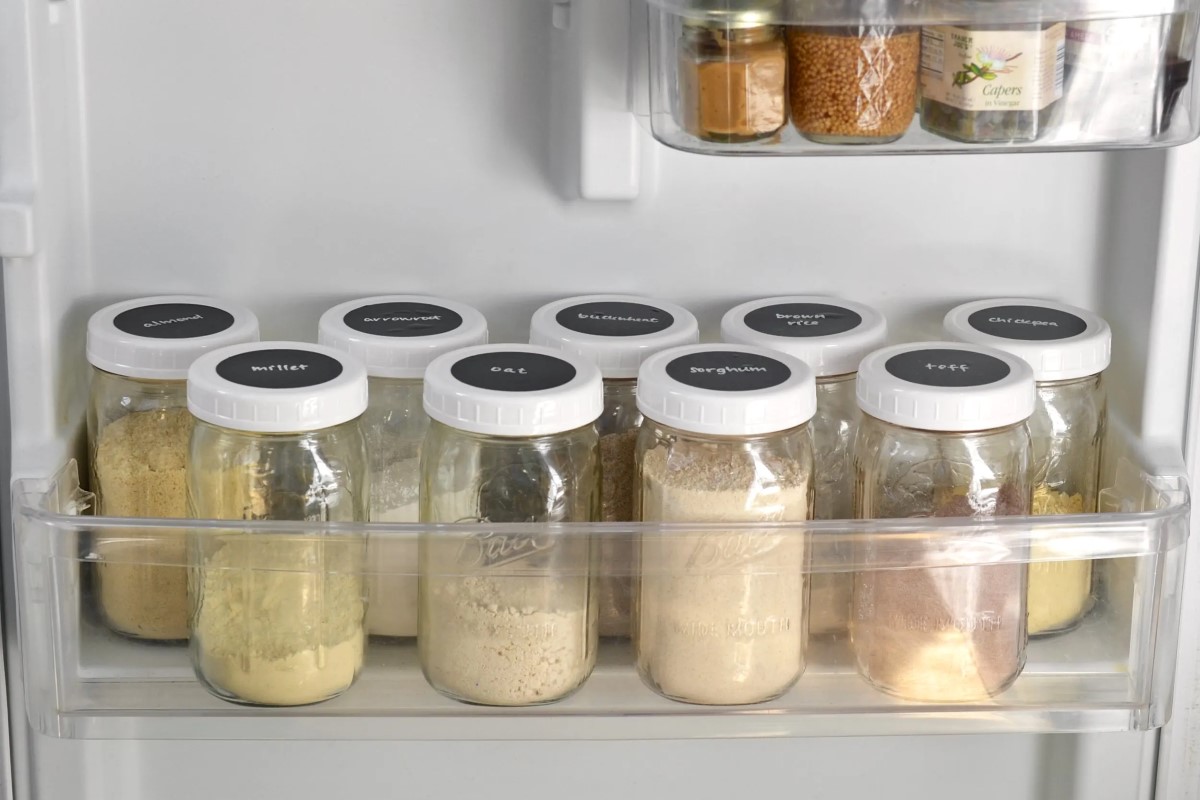

Articles
How To Store Almond Flour
Modified: October 28, 2024
Discover the best way to store almond flour for long-lasting freshness. Read our expert articles on proper storage techniques and maximize the shelf life of your almond flour.
(Many of the links in this article redirect to a specific reviewed product. Your purchase of these products through affiliate links helps to generate commission for Storables.com, at no extra cost. Learn more)
Introduction
Welcome to our comprehensive guide on how to properly store almond flour. Almond flour has gained popularity as a nutritious and gluten-free alternative to traditional flour in baking and cooking. The delicate nature of almond flour requires special attention to ensure its freshness and quality is preserved for an extended period of time.
Properly storing almond flour is essential to prevent it from going bad, losing its flavor, and getting infested with bugs. In this article, we will explore the reasons why proper storage is crucial, the best containers to use for storing almond flour, and share tips on how to store it in the pantry, refrigerator, and freezer. We will also discuss the shelf life of almond flour in different storage methods and how to identify if it has gone bad.
Whether you are an avid baker or just starting out with almond flour, understanding how to store it will ensure that you always have a fresh and high-quality ingredient on hand. So, let’s dive in and explore the best practices for storing almond flour!
Key Takeaways:
- Properly storing almond flour is crucial to maintain its freshness, prevent spoilage, and preserve its flavor and quality. Choose the right containers and follow specific storage tips to ensure optimal shelf life.
- Whether in the pantry, refrigerator, or freezer, knowing how to store almond flour correctly is essential for maintaining its nutritional value and extending its shelf life. Be vigilant for signs of spoilage to ensure safe consumption.
Read more: How To Store Almonds
Why Store Almond Flour Properly?
Properly storing almond flour is crucial to maintain its freshness, prevent spoilage, and preserve its flavor and quality. Here are a few reasons why you should store almond flour properly:
- Preserve Freshness: Almond flour, like any other flour, is prone to oxidation due to its exposure to air. When almond flour is exposed to oxygen, its natural oils can become rancid, resulting in a stale and unpleasant taste. By storing almond flour properly, you can minimize its exposure to air and extend its shelf life.
- Prevent Moisture Absorption: Almond flour has a high fat content, making it susceptible to absorbing moisture from the environment. This can lead to clumping and the growth of mold or bacteria. Proper storage ensures that almond flour remains dry and free from moisture, preserving its texture and preventing spoilage.
- Protect from Pests: Almond flour can attract pests such as pantry moths and weevils, which can infest the flour and render it inedible. Storing almond flour in airtight containers and taking preventive measures can help keep these pests at bay and maintain the integrity of the flour.
- Maintain Nutritional Value: Almond flour is known for its nutritional benefits, such as being rich in healthy fats, protein, and fiber. Proper storage helps maintain the nutritional value of almond flour by reducing the exposure to light, heat, and moisture that can degrade its nutritional content over time.
By understanding the importance of proper storage, you can ensure that your almond flour remains fresh, flavorful, and safe to consume. In the next sections, we will discuss the best containers for storing almond flour and provide tips on how to store almond flour in different environments, such as the pantry, refrigerator, and freezer.
Best Containers for Storing Almond Flour
Choosing the right containers for storing almond flour is essential to maintain its freshness and prevent it from being exposed to air, moisture, pests, and light. Here are some of the best containers to consider:
- Airtight Plastic or Glass Containers: Opt for containers with airtight seals to keep almond flour fresh and protect it from air and moisture. Plastic containers made from BPA-free materials or glass jars with tight-fitting lids are excellent choices. Ensure the containers are clean, dry, and free from odors before storing almond flour.
- Food-Grade Storage Bags: Food-grade storage bags with zip seals are convenient options for smaller quantities of almond flour. Look for bags that are made from thick, puncture-resistant materials to prevent moisture and pests from entering.
- Mason Jars: Mason jars are not only aesthetically pleasing but also practical for storing almond flour. They provide an airtight seal and can easily fit into most pantry shelves. Choose jars that are the right size for your desired quantity of almond flour.
- Vacuum-Sealed Bags: Vacuum-sealed bags are an excellent choice for long-term storage of almond flour. By removing the air from the bag, you can significantly extend the shelf life of the almond flour. This is particularly useful if you buy almond flour in bulk.
When selecting containers, consider the size of your almond flour stash and the available storage space. It’s also a good idea to label the containers with the date of purchase or expiration to keep track of freshness.
In addition to using the appropriate containers, it’s essential to store almond flour in a cool, dark, and dry place to further preserve its freshness. Avoid exposing almond flour to direct sunlight or heat sources, as this can lead to rancidity and degradation of quality.
Now that we’ve covered the best containers for storing almond flour, let’s delve into some tips on how to properly store almond flour based on different storage environments.
Tips for Properly Storing Almond Flour
To ensure that your almond flour stays fresh, flavorful, and ready to use, it’s important to follow these tips for proper storage:
- Transfer to Airtight Containers: Once opened, transfer the almond flour from its original packaging to airtight containers. This helps protect it from exposure to air, moisture, and pests. Airtight containers such as plastic or glass jars with tight-fitting lids are ideal.
- Ensure Dry Storage: Almond flour should be stored in a dry environment to prevent clumping and the growth of mold or bacteria. Avoid storing it near the sink, dishwasher, or any other source of moisture.
- Avoid Direct Sunlight: Almond flour is sensitive to light and heat, which can cause it to degrade in quality and flavor. Store it in a cool, dark place, such as a pantry or cupboard, away from direct sunlight.
- Keep Away from Strong Odors: Almond flour can easily absorb odors from strong-smelling foods. Store it separately from spices, onions, garlic, and other pungent ingredients to maintain its natural flavor.
- Label and Date Containers: It’s helpful to label the containers with the date of purchase or expiration to keep track of freshness. This ensures that you use the almond flour within its recommended shelf life.
- Avoid Contamination: When using almond flour, make sure to use a clean, dry measuring cup or spoon to prevent any moisture from entering the container. Moisture can lead to spoilage and clumping.
- Rotate Stock: If you frequently use almond flour, consider practicing a “first in, first out” approach. Use the oldest container of almond flour first to ensure you consume it before it reaches its expiration date.
- Store in Smaller Portions: If you have a large quantity of almond flour, consider dividing it into smaller portions before storing. This way, you can take out only what you need without repeatedly exposing the entire batch to air and moisture.
By following these tips, you can maximize the shelf life of your almond flour and ensure that it remains fresh and ready to use in your favorite recipes.
Next, we’ll explore how to store almond flour in different environments, including the pantry, refrigerator, and freezer.
How to Store Almond Flour in the Pantry
Storing almond flour in the pantry requires a few key considerations to maintain its freshness and quality:
- Choose the Right Container: Transfer the almond flour from its original packaging to an airtight container. This will prevent the almond flour from being exposed to air and moisture. Opt for a plastic or glass container with a tight-fitting lid to ensure a proper seal.
- Find a Cool and Dark Spot: Locate a cool and dark spot in your pantry to store the almond flour. Avoid areas near stoves, ovens, or any heat sources, as excessive heat can degrade the quality of the flour.
- Avoid Humid Areas: Moisture is an enemy of almond flour, so it’s important to keep it away from humid areas, such as next to the sink or windows. Ensure the pantry is well-ventilated and dry.
- Keep it Elevated: Elevate the container of almond flour off the pantry floor to prevent any potential moisture buildup. Placing it on a shelf or in a pantry organizer can help maintain its dryness and prevent pests from reaching it.
- Check for Contaminants: Regularly inspect the almond flour for signs of pests or mold. Be on the lookout for any unusual odors or discoloration, and discard the flour if you notice any signs of spoilage.
By following these simple steps, you can ensure that your almond flour stays fresh and ready to be used in your favorite recipes whenever needed.
Next, let’s explore how to store almond flour in the refrigerator for longer shelf life and optimal freshness.
Store almond flour in an airtight container in a cool, dark place, such as a pantry or cupboard. This will help to maintain its freshness and prevent it from absorbing any unwanted odors.
Read more: How To Store Almond Pulp
How to Store Almond Flour in the Refrigerator
If you’re looking to extend the shelf life of your almond flour, storing it in the refrigerator can be a great option. Here’s how to properly store almond flour in the refrigerator:
- Transfer to a Sealed Container: Remove the almond flour from its original packaging and transfer it to an airtight container. A glass jar or a plastic container with a tight-sealing lid works well for refrigerating almond flour.
- Select the Right Shelf: Place the container of almond flour on a shelf in the refrigerator. It’s best to select a shelf that is not exposed to frequent temperature changes, such as the one on the middle or lower level of the fridge.
- Protect from Other Strong-Smelling Foods: To prevent the almond flour from absorbing odors, store it away from strong-smelling foods such as garlic, onions, or pungent spices. You can place it in a sealed bag or wrap it with aluminum foil to further protect it.
- Minimize Moisture Exposure: Keep the almond flour dry by ensuring that the container is sealed tightly and free from any condensation. Avoid opening the container unnecessarily to prevent moisture from entering and potentially causing clumping or spoilage.
- Monitor for Freshness: Regularly check the almond flour for signs of spoilage, such as an off-putting smell, mold, or discoloration. If you notice any of these signs, discard the almond flour immediately.
Storing almond flour in the refrigerator helps preserve its freshness and extends its shelf life. However, keep in mind that the texture of the almond flour may change slightly when stored in the fridge due to the cold temperature. Allow it to come to room temperature before using it in recipes for the best results.
If you have a larger quantity of almond flour that won’t be used within a few months, you may consider storing it in the freezer for long-term preservation, which we will explore in the next section.
How to Store Almond Flour in the Freezer
If you want to maximize the shelf life of your almond flour, storing it in the freezer is the way to go. Freezing almond flour can help preserve its freshness and prevent it from going rancid. Here’s how to properly store almond flour in the freezer:
- Transfer to a Freezer-Safe Container: Take the almond flour out of its original packaging and transfer it to a freezer-safe container. Airtight plastic bags or freezer-safe jars with tight-sealing lids are excellent options for freezing almond flour.
- Remove Excess Air: If using a plastic bag, squeeze out any excess air before sealing it tightly. This will help prevent freezer burn and maintain the quality of the almond flour.
- Label and Date: Clearly label the container with the date of freezing to keep track of the almond flour’s shelf life. Almond flour can retain its quality in the freezer for up to a year, but using it within 6 months is recommended for optimal freshness.
- Place in the Freezer: Put the tightly sealed container of almond flour in the freezer. It’s best to store it towards the back, where the temperature remains more consistent and less prone to temperature fluctuations when opening the freezer.
- Thawing Almond Flour: When you’re ready to use the almond flour, transfer the desired amount to a separate container and allow it to thaw at room temperature. It’s important to avoid repeated freezing and thawing, as this can affect the quality and texture of the almond flour.
By following these steps, you can keep your almond flour fresh and usable for an extended period. Freezing helps to preserve the natural oils in almond flour and prevent them from going rancid, ensuring the best possible flavor and texture when you eventually use it.
However, it’s worth mentioning that freezing may slightly alter the texture of almond flour. For this reason, it’s recommended to use thawed almond flour in recipes that involve baking or cooking rather than using it raw.
Now that you know how to store almond flour in different environments, let’s dive into how long almond flour can last in each of these storage methods.
How Long Does Almond Flour Last in Different Storage Methods?
The shelf life of almond flour can vary depending on the storage method chosen. Here’s a general guideline for how long almond flour can last in different storage methods:
- In the Pantry: When stored properly in an airtight container in a cool, dark, and dry pantry, almond flour can last for about 6 to 12 months. However, it’s best to check for signs of spoilage, such as a rancid smell or mold, before using it.
- In the Refrigerator: Storing almond flour in the refrigerator can extend its shelf life to around 12 to 18 months. The cold temperature helps slow down the oxidation process and keeps the almond flour fresh for a longer time.
- In the Freezer: By freezing almond flour, you can preserve its quality for up to 2 years. However, for the best flavor and texture, it’s advisable to use the frozen almond flour within 6 to 12 months.
Remember, these are general estimates, and the actual shelf life can vary based on factors such as the storage conditions, initial quality of the almond flour, and how well it is sealed and protected from moisture and heat. It’s always a good idea to check for any signs of spoilage before using almond flour, regardless of storage method.
Now that you have an idea of how long almond flour can last, let’s explore the signs that indicate almond flour has gone bad.
Signs of Spoiled Almond Flour
It’s important to be able to recognize the signs of spoiled almond flour to ensure that you’re using it in its optimal state. Here are some common indicators that almond flour has gone bad:
- Off-putting Odor: If your almond flour emits a rancid or sour smell, it’s a strong indication that it has spoiled. Fresh almond flour should have a mildly sweet and nutty aroma.
- Mold or Discoloration: Visual cues, such as the presence of mold patches or a discolored appearance (e.g., gray, green, or black spots), are clear signs that the almond flour has been compromised and should not be used.
- Unusual Texture: Almond flour should have a fine, powdery texture. If you notice clumps, moisture, or a gritty consistency, it may be a sign that moisture has entered the almond flour, leading to spoilage or the formation of lumps.
- Unpleasant Taste: Spoiled almond flour may have a bitter or unpleasant taste. If it tastes different than usual or has a strong, off-putting flavor, it’s best to discard it.
- Pest Infestation: If you observe any signs of pest activity, such as insects or eggs in the almond flour, it’s an indication that pests have compromised the integrity of the flour. Discard it immediately to avoid consuming contaminated product.
As a general rule of thumb, if you are unsure about the quality or safety of your almond flour, it’s best to err on the side of caution and discard it to avoid any potential health risks.
By being vigilant and inspecting your almond flour regularly for these signs, you can ensure that you’re using fresh and safe almond flour in your culinary creations.
Now that you’re familiar with the signs of spoiled almond flour, let’s summarize everything we’ve covered in this comprehensive guide on storing almond flour.
Read more: How To Store Almond Paste
Conclusion
Properly storing almond flour is essential to maintain its freshness, flavor, and quality. Whether you choose to store it in the pantry, refrigerator, or freezer, following the correct storage methods will help preserve its nutritional value and extend its shelf life. Here’s a recap of what we’ve covered:
We discussed the importance of storing almond flour properly, highlighting the need to preserve freshness, prevent moisture absorption, protect from pests, and maintain its nutritional value.
We explored the best containers for storing almond flour, including airtight plastic or glass containers, food-grade storage bags, mason jars, and vacuum-sealed bags.
We provided tips for properly storing almond flour, such as transferring it to airtight containers, ensuring dry storage, avoiding direct sunlight, keeping it away from strong odors, and properly labeling containers for easy tracking.
We discussed how to store almond flour in the pantry, refrigerator, and freezer, highlighting the specific guidelines for each storage method.
We also touched upon the shelf life of almond flour in different storage methods, ranging from 6 to 12 months in the pantry, 12 to 18 months in the refrigerator, and up to 2 years in the freezer.
Lastly, we discussed the signs of spoiled almond flour, including off-putting odor, mold or discoloration, unusual texture, unpleasant taste, and pest infestation.
By following these guidelines and being aware of the signs of spoilage, you can ensure that your almond flour remains fresh, safe, and ready to be used in your favorite recipes. Remember to always check the quality of your almond flour before using it, and when in doubt, it’s better to discard it and get a fresh batch.
So, store your almond flour properly and enjoy the benefits of this versatile and nutritious ingredient in your cooking and baking endeavors!
Frequently Asked Questions about How To Store Almond Flour
Was this page helpful?
At Storables.com, we guarantee accurate and reliable information. Our content, validated by Expert Board Contributors, is crafted following stringent Editorial Policies. We're committed to providing you with well-researched, expert-backed insights for all your informational needs.


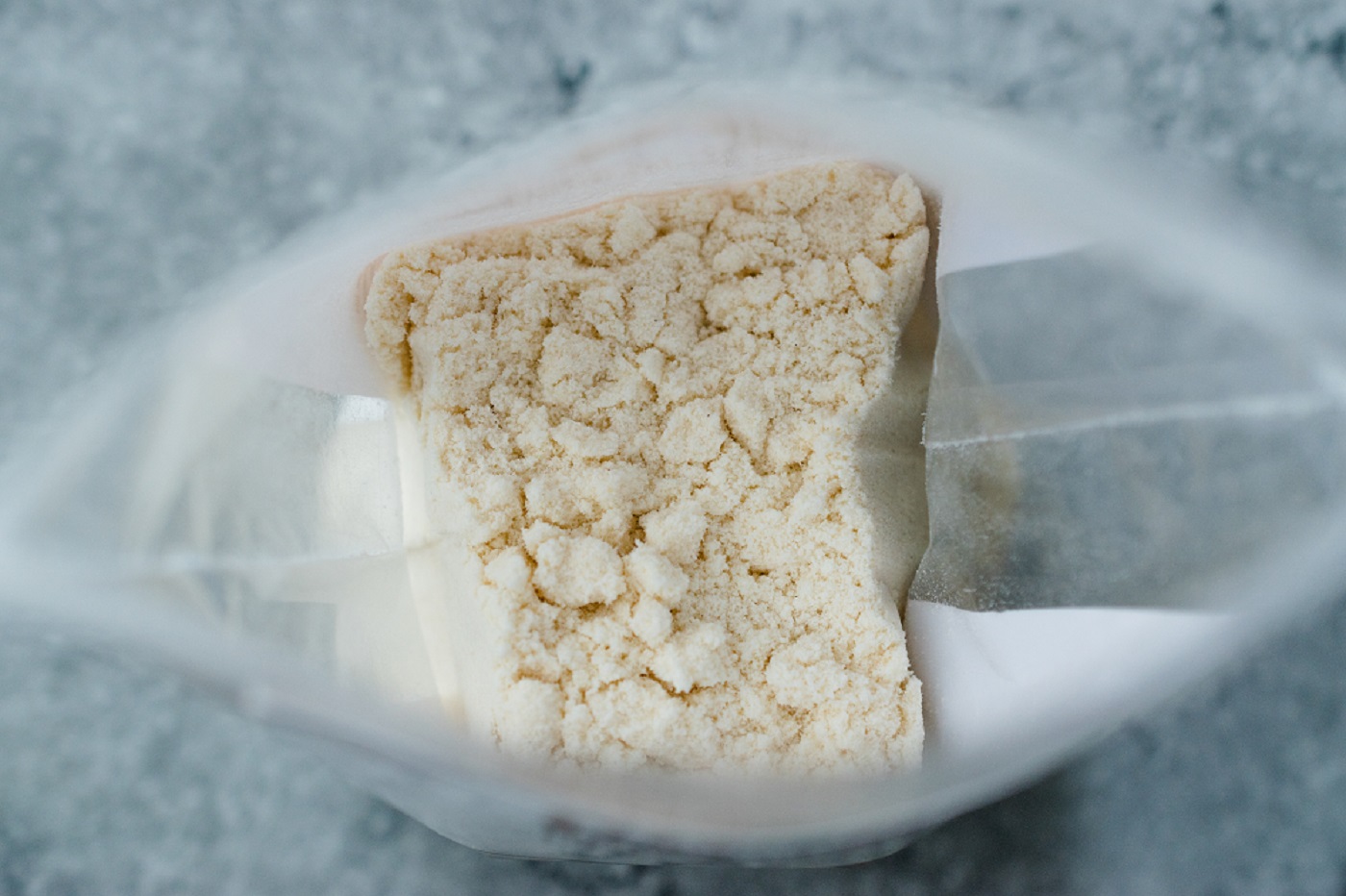

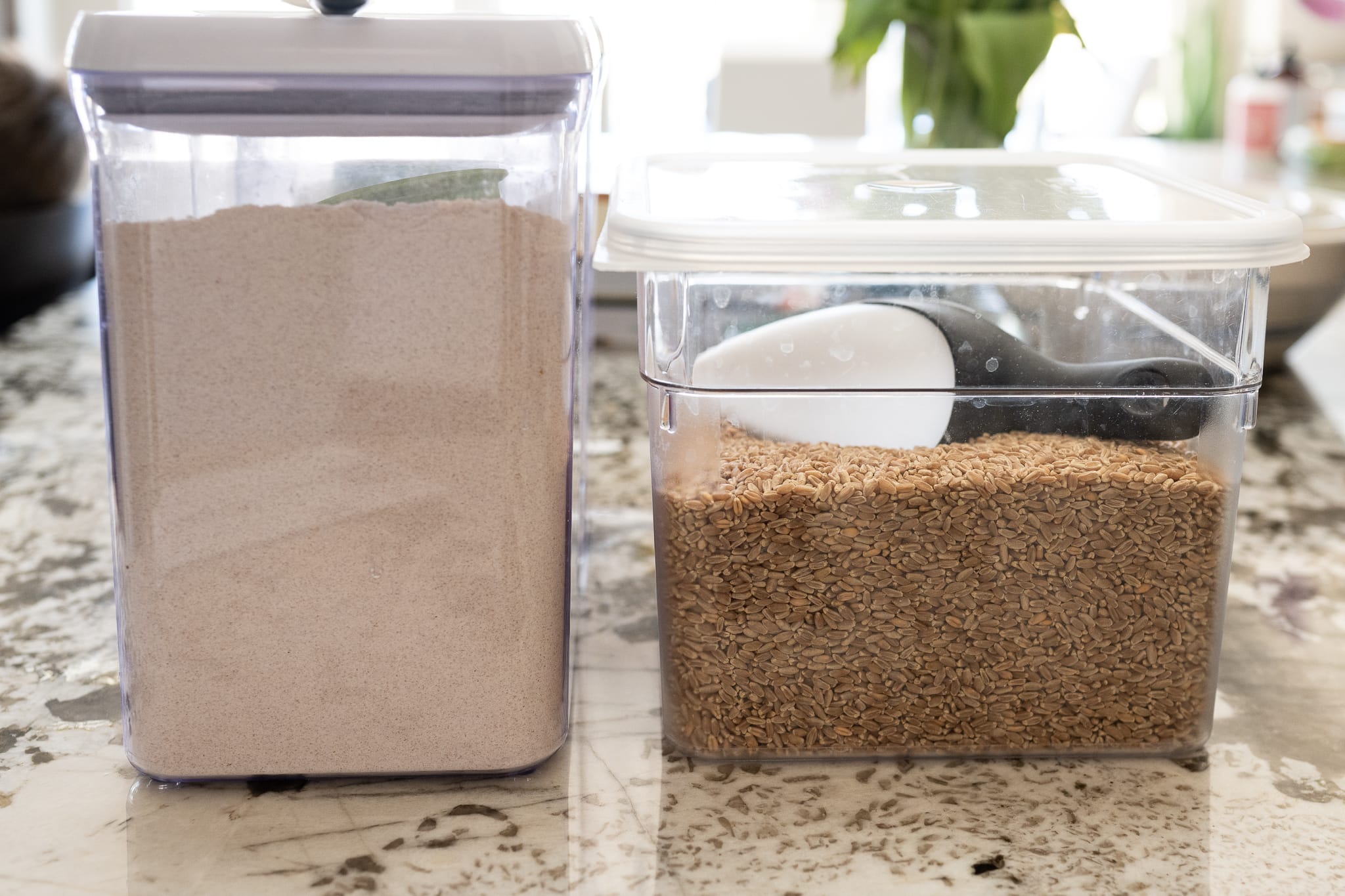
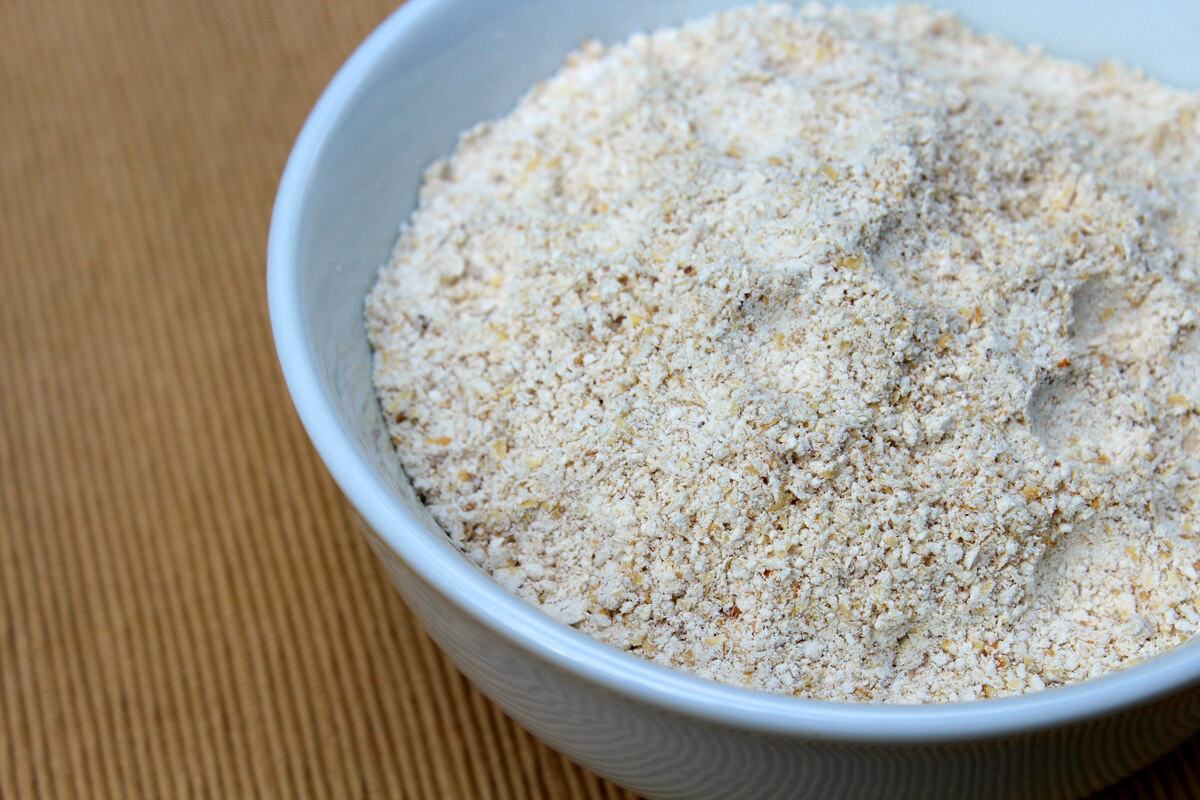
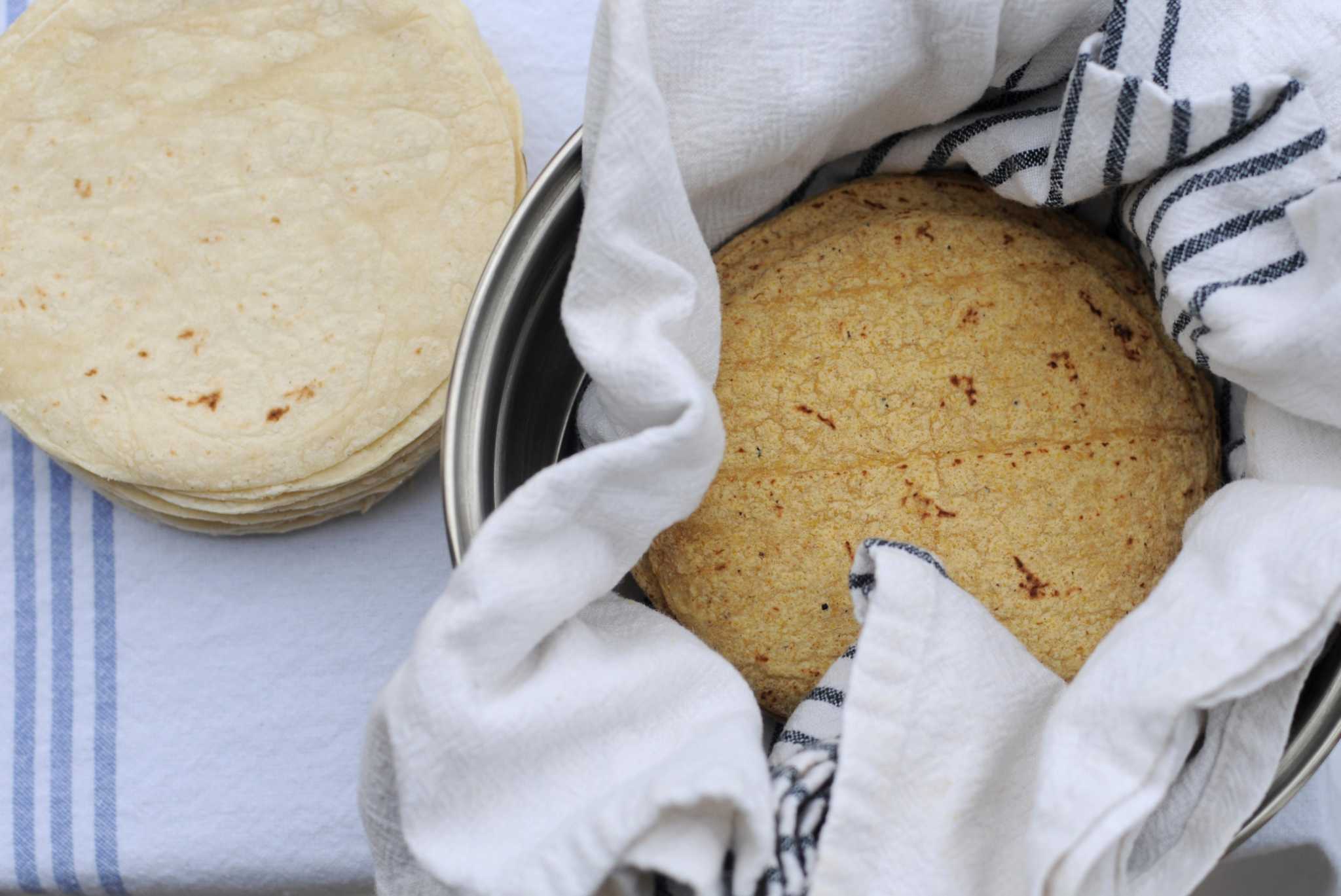
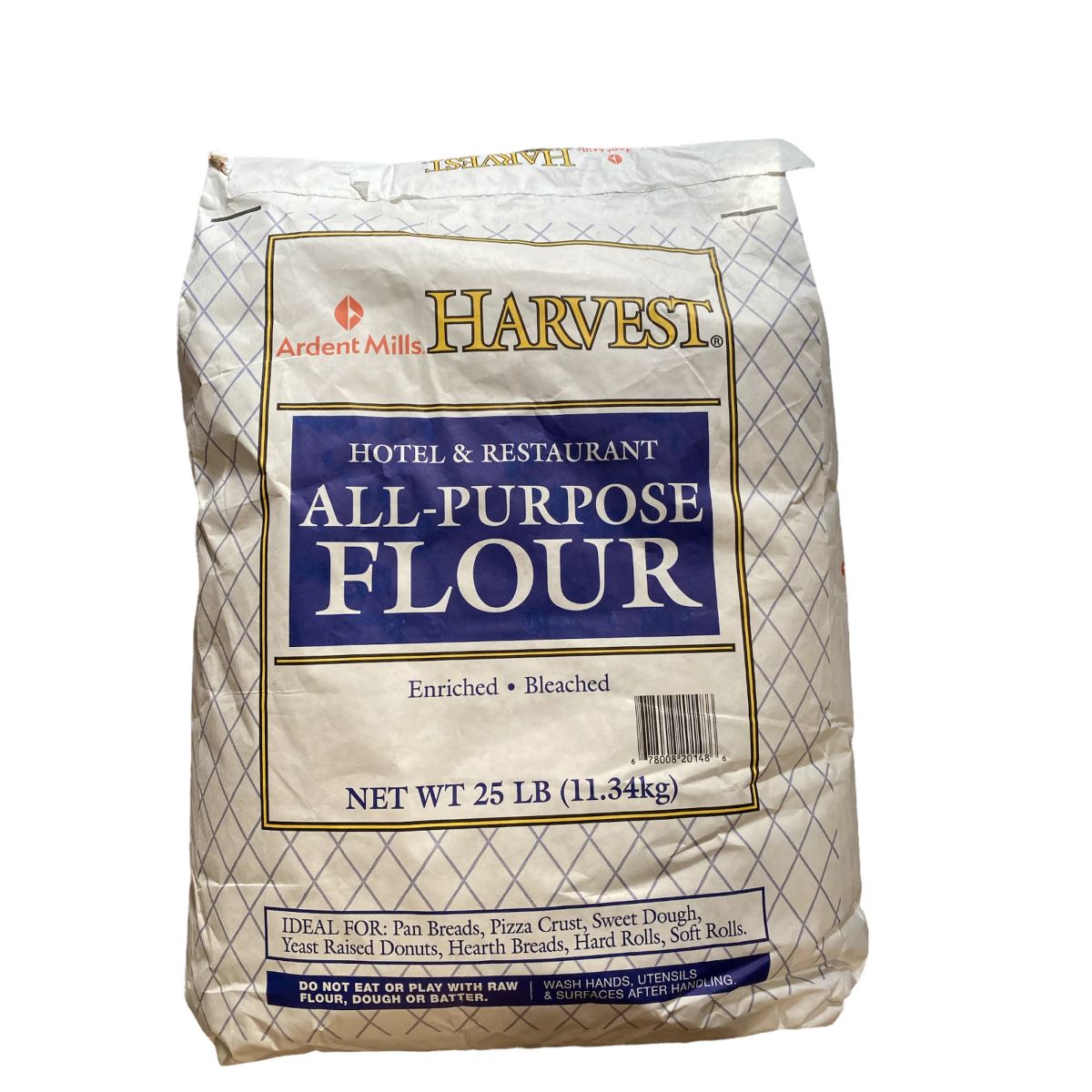
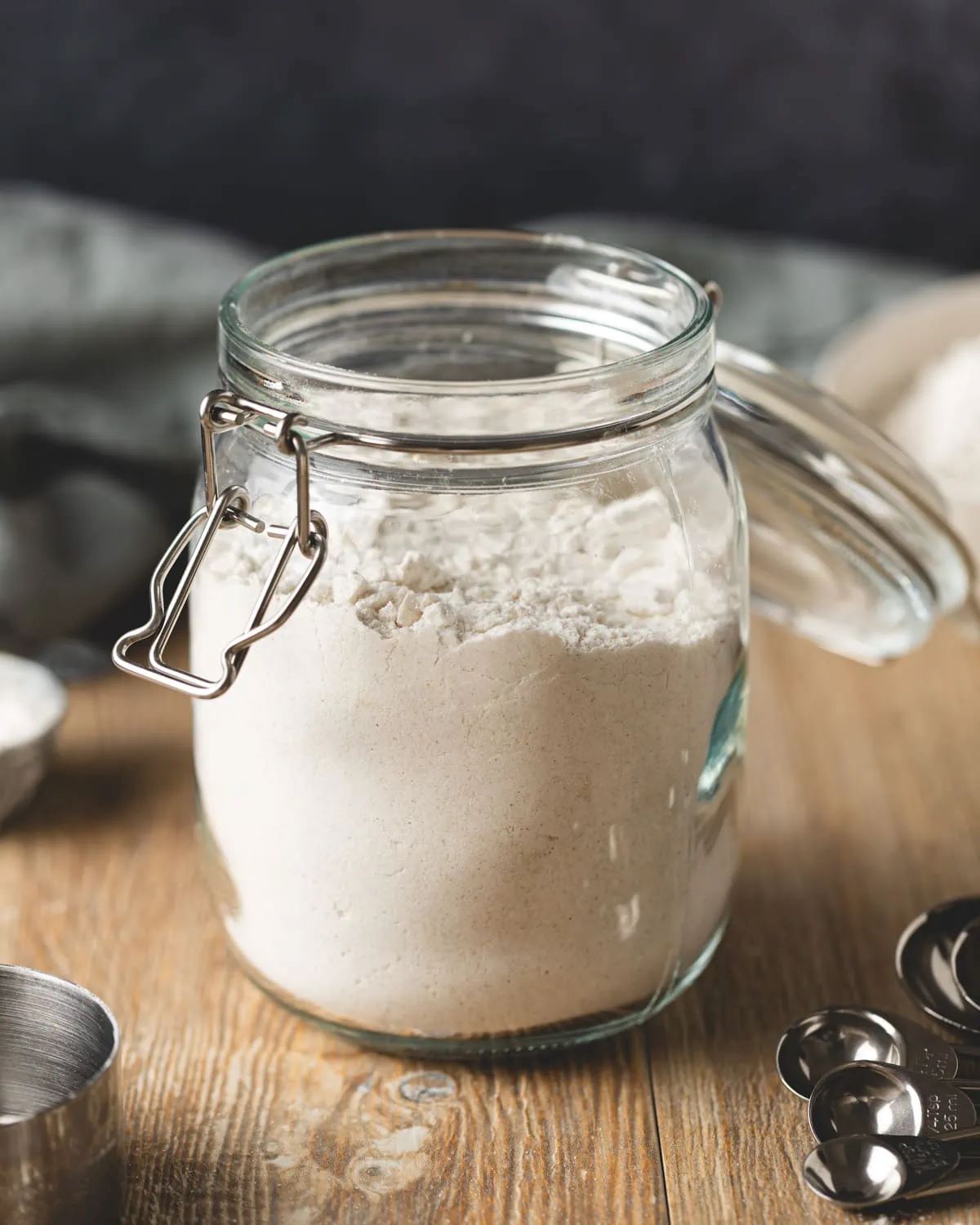
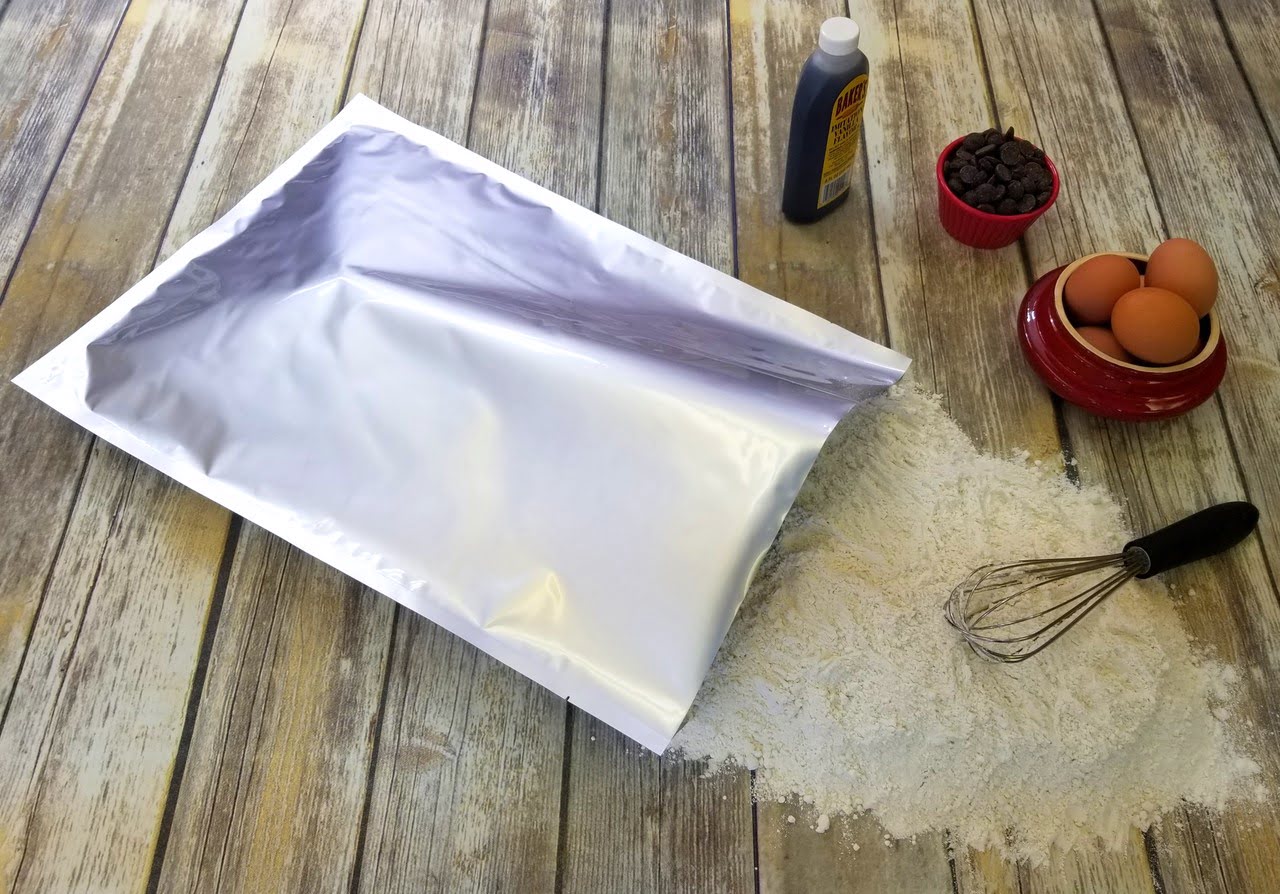

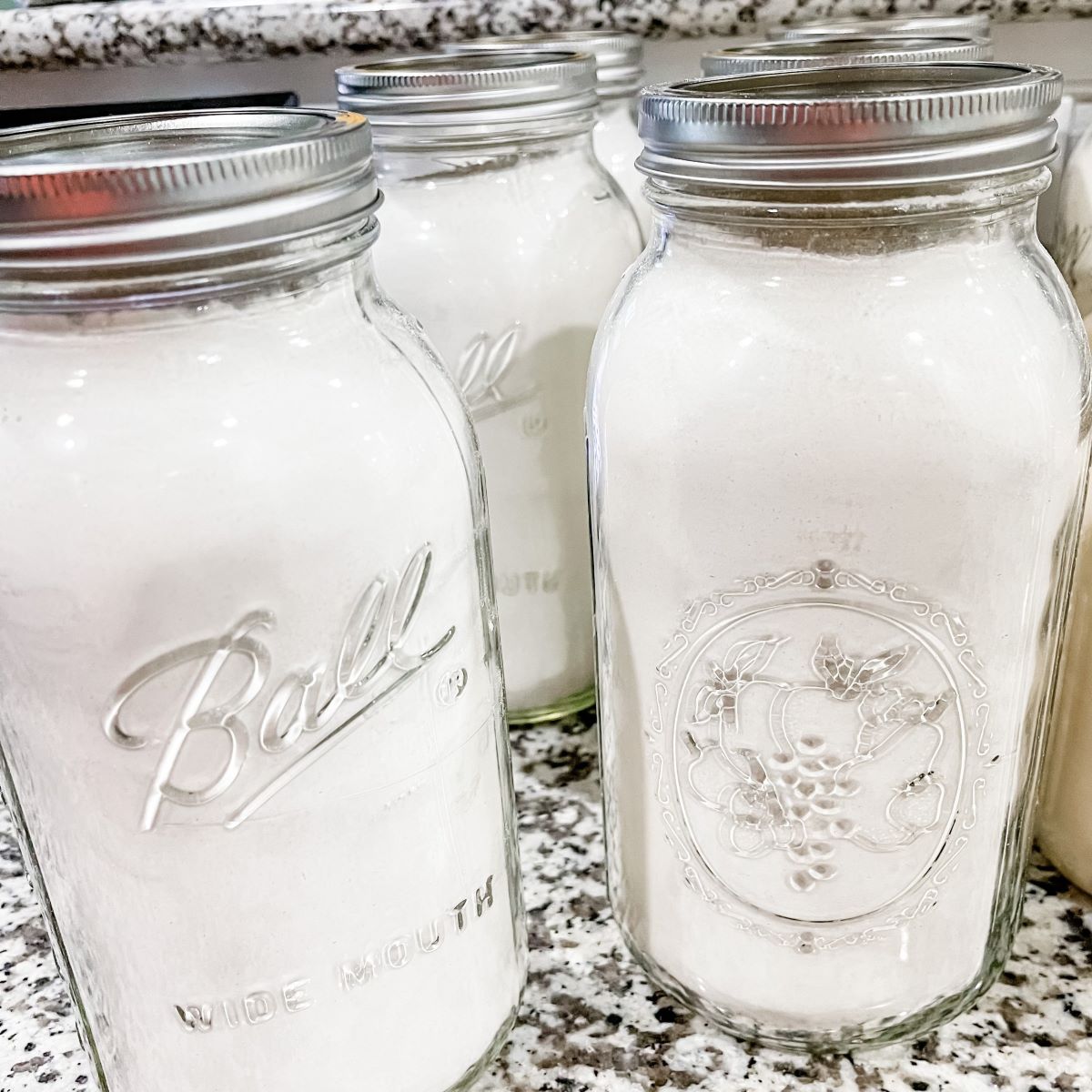
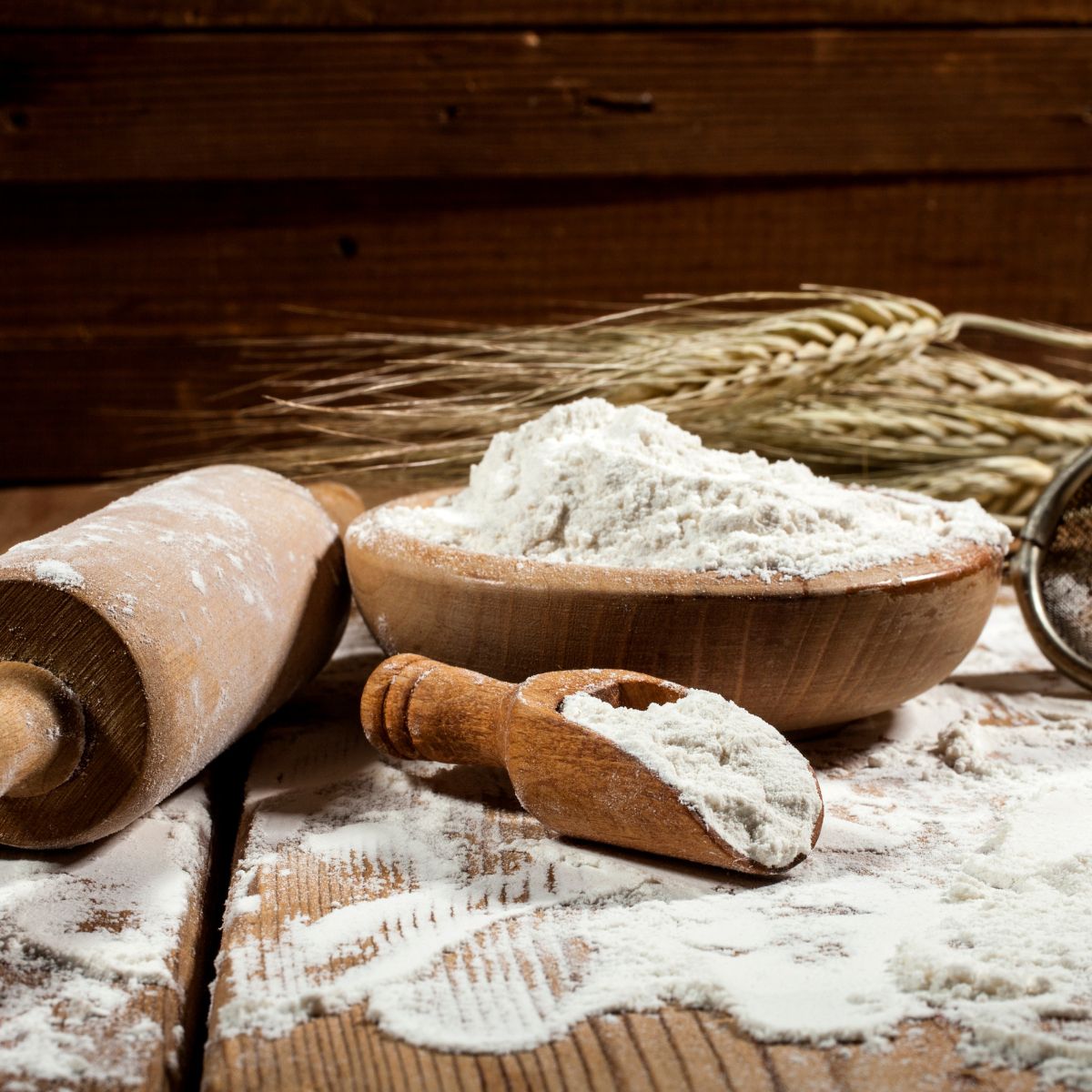

0 thoughts on “How To Store Almond Flour”